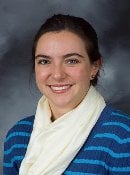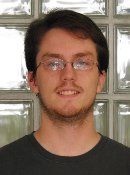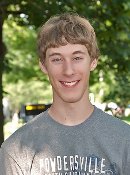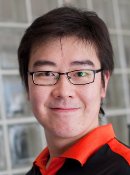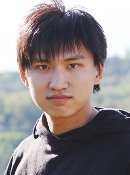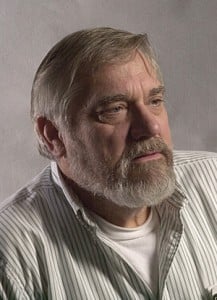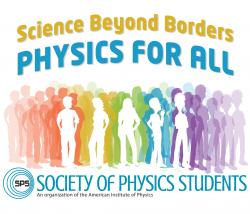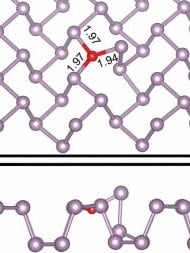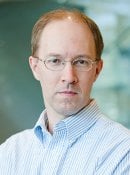
Will Cantrell (Physics/EPSSI) is the principle investigator on project that has received an $84,673 research grant from the National Science Foundation.
The project is entitled “Clouds: A Synergistic Experimental and Simulation Approach.”
This is the first year of a three-year project totaling $263,283.
